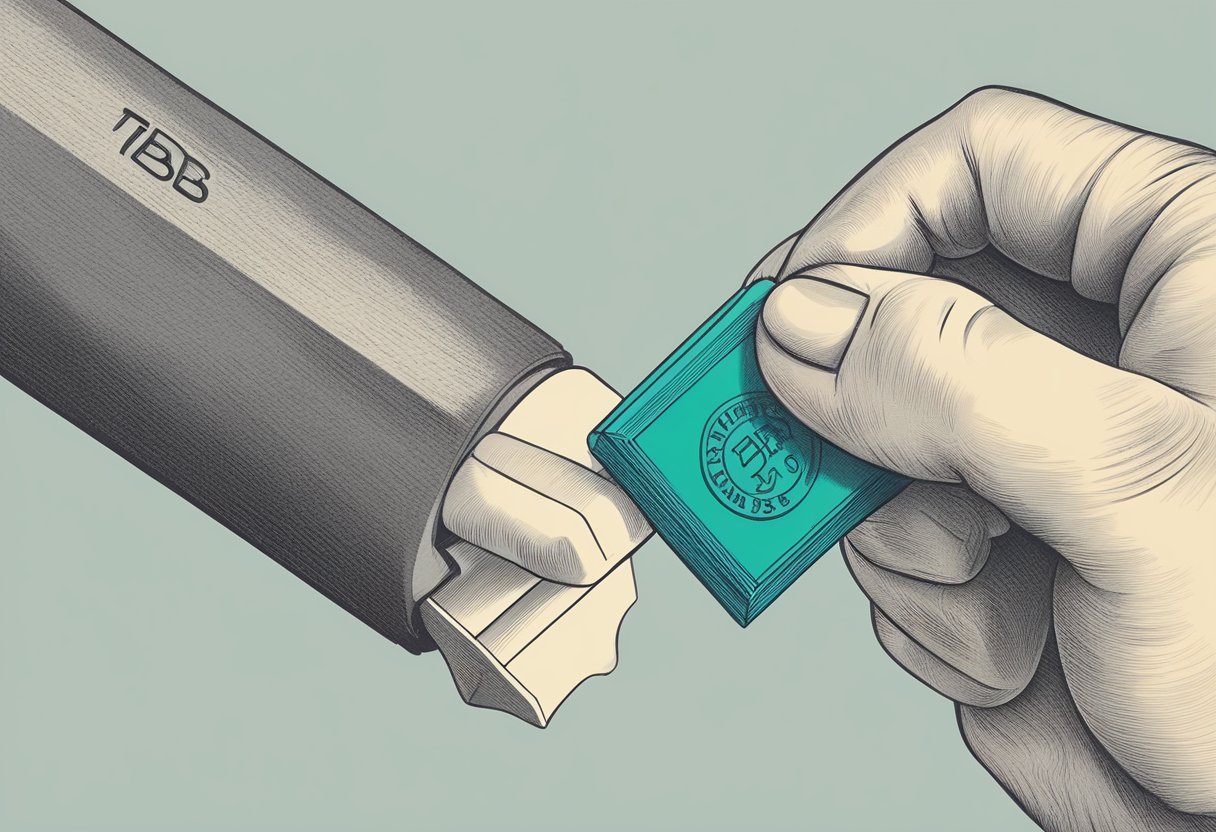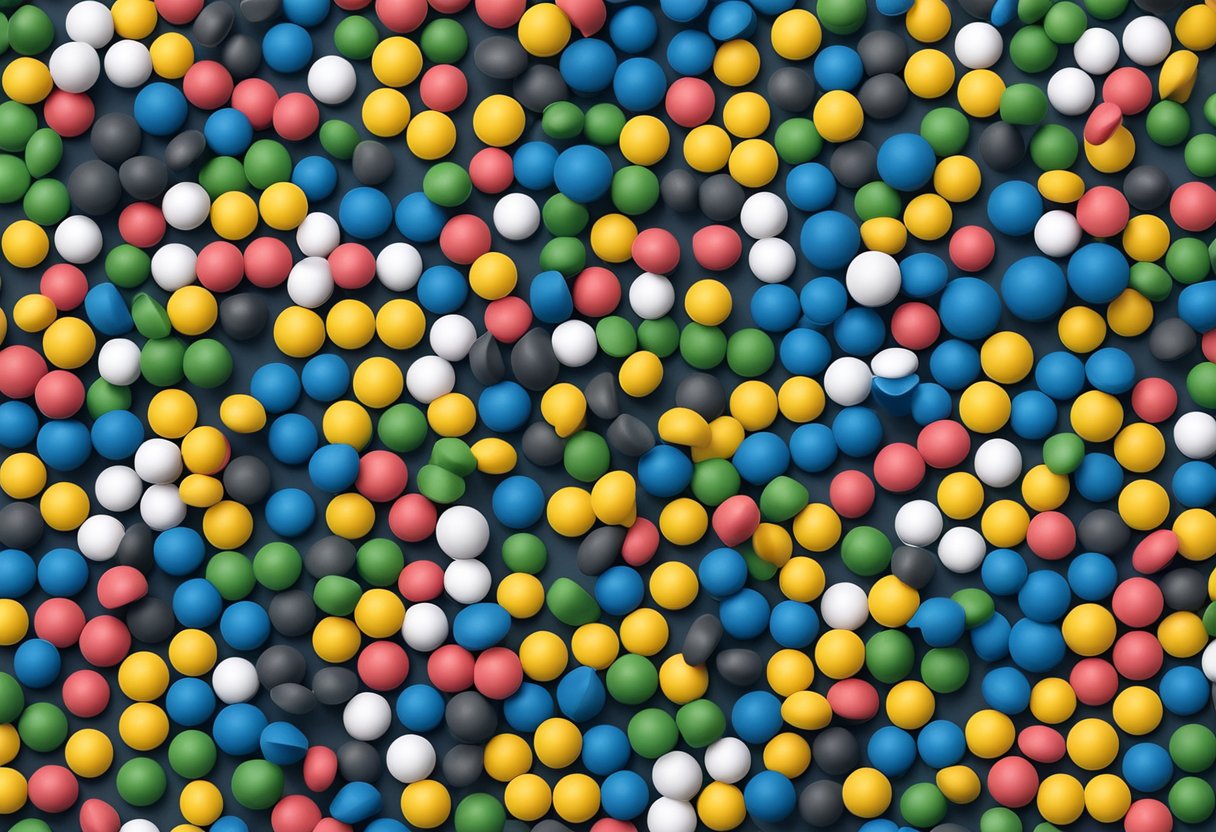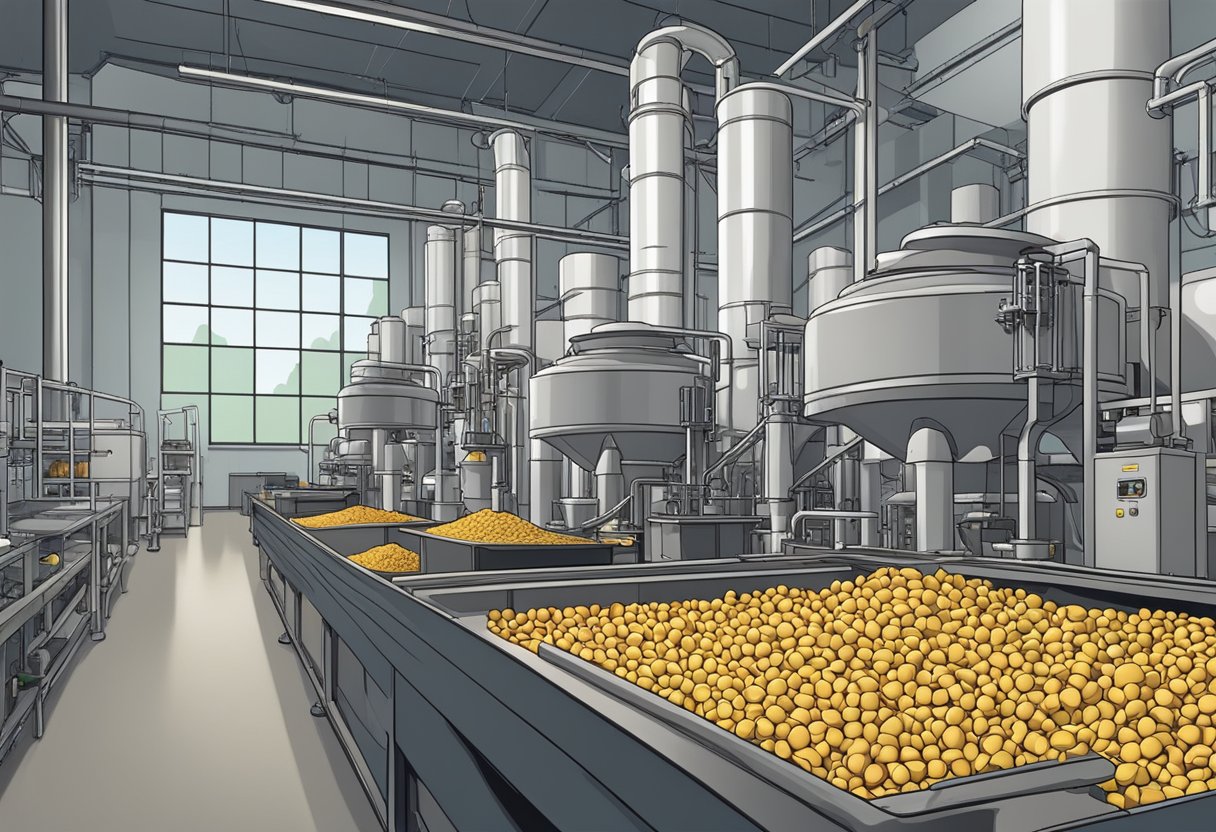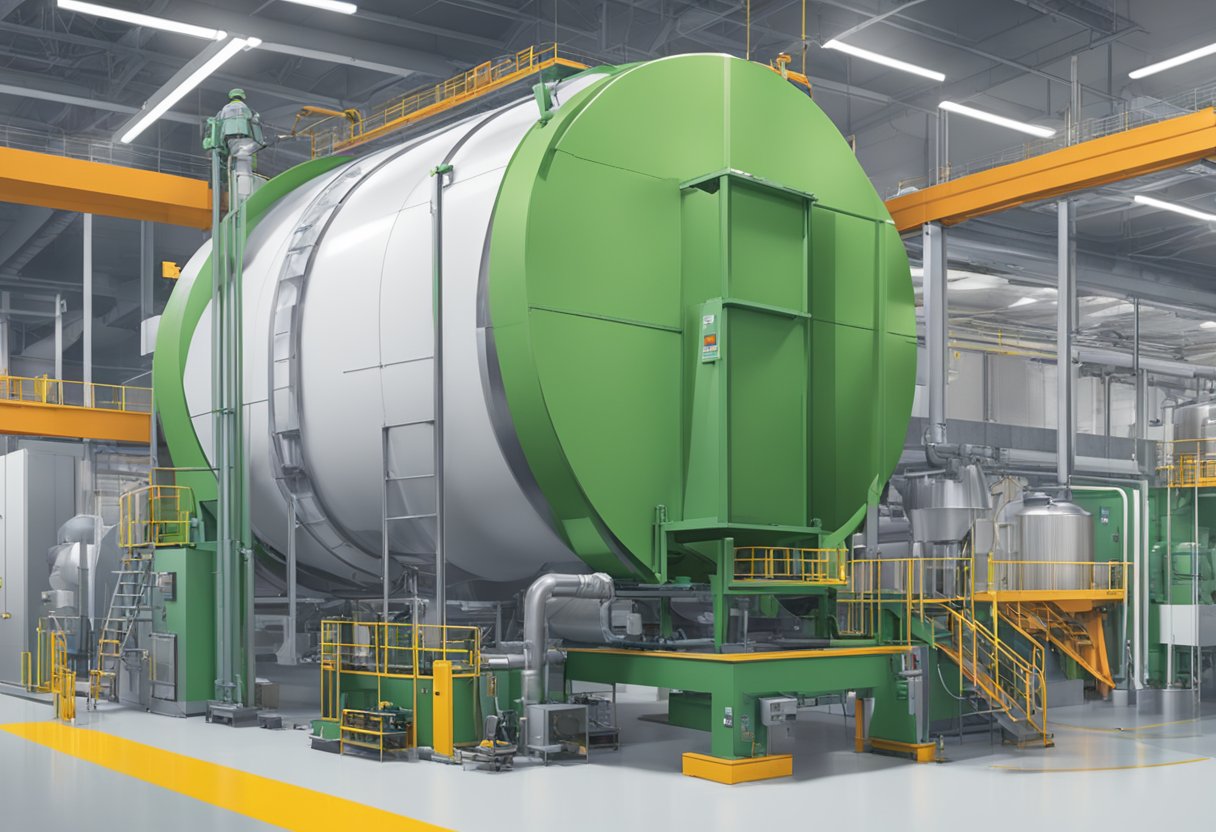TBBS Rubber: Properties, Uses, and Benefits
19/01/2024
TBBS rubber, also known as N-tert-butyl-2-benzothiazolesulfenamide, is a type of synthetic rubber accelerator that is commonly used in the production of tires. This chemical compound acts as a vulcanizing agent, which means it helps to increase the elasticity and durability of rubber products. TBBS rubber is often preferred over other accelerators due to its low toxicity and high efficiency.

One of the key benefits of TBBS rubber is its ability to improve the overall performance of tires. When added to the rubber compound, it can help to increase the tensile strength, tear resistance, and abrasion resistance of the final product. This can result in longer-lasting tires that are better suited for a wide range of driving conditions.
Another advantage of TBBS rubber is its relatively low level of toxicity. Unlike some other rubber accelerators, such as benzothiazole sulfenamide (CBS), TBBS rubber is not considered to be a skin or respiratory irritant. This makes it a safer option for workers who handle rubber products on a regular basis. Overall, TBBS rubber is a versatile and effective additive that plays a crucial role in the production of high-quality rubber products.
TBBS Rubber Overview

Chemical Composition
TBBS (N-tert-butyl-2-benzothiazolesulfenamide) rubber is a type of rubber accelerator that contains sulfur and nitrogen. It is a white powder that is soluble in most organic solvents and has a melting point of approximately 104°C. The chemical formula for TBBS is C11H14N2S2, and it has a molecular weight of 238.37 g/mol.
Properties and Characteristics
TBBS rubber is widely used in the rubber industry due to its excellent properties. It is a delayed action accelerator that activates at elevated temperatures and provides fast cure rates. It is also known for its excellent scorch safety and good processing characteristics. Additionally, TBBS rubber offers improved modulus, tensile strength, and elongation properties.
TBBS rubber is commonly used in the production of tires, hoses, belts, and other rubber products. It is also used in the manufacturing of latex products, such as gloves and condoms. TBBS rubber can be used in combination with other accelerators, such as MBTS (2-mercaptobenzothiazole disulfide), to achieve optimal curing properties.
In summary, TBBS rubber is a highly effective rubber accelerator that offers excellent scorch safety, fast cure rates, and improved mechanical properties. Its versatility makes it a popular choice in the rubber industry for a wide range of applications.
Production Process of TBBS Rubber

Raw Material Sourcing
The production of TBBS rubber requires the use of several raw materials. These include n-tert-butyl-2-benzothiazole sulfonamide, sulfur, and accelerators. The quality of these raw materials plays a significant role in the final product’s quality. Therefore, manufacturers source these materials from reputable suppliers who provide high-quality raw materials that meet the necessary standards.
Manufacturing Techniques
The production process of TBBS rubber involves several manufacturing techniques. The first step is the mixing of the raw materials in a mixer. The mixer ensures that the materials are evenly distributed and thoroughly mixed. The mixed materials are then passed through a mill to refine the mixture’s consistency.
After milling, the mixture is heated to a specific temperature to activate the accelerators, which initiate the crosslinking process. The crosslinking process forms the final rubber product. The final product is then cooled and cut into the desired shape and size.
The production process of TBBS rubber is a complex and precise process that requires strict quality control measures to ensure a high-quality product. Manufacturers use advanced technology and equipment to produce TBBS rubbers efficiently. By following the proper manufacturing techniques, manufacturers can produce TBBS rubbers with consistent quality and properties.
Applications of TBBS Rubber

Automotive Industry
TBBS rubber is widely used in the automotive industry due to its excellent heat resistance and stability. It is commonly used in the production of tires, hoses, belts, and other rubber components in vehicles. The addition of TBBS rubbers to these components increases their durability and longevity, making them more resistant to wear and tear caused by high temperatures and harsh conditions.
In addition, TBBS rubbers is also used in the manufacturing of automotive seals and gaskets. These components require a high degree of flexibility and resilience to withstand constant movement and pressure, and TBBS rubbers provides these properties. Its excellent compression set resistance ensures that seals and gaskets maintain their shape and effectiveness over time.
Consumer Products
TBBS rubber is also used in a variety of consumer products, including footwear, sports equipment, and household items. In footwear, TBBS rubbers is commonly used in the soles of shoes to provide excellent grip and traction on various surfaces. Its high abrasion resistance ensures that the soles last longer and maintain their performance even with frequent use.
TBBS rubber is also used in the production of sports equipment such as balls, mats, and grips. Its excellent elasticity and shock absorption properties make it an ideal material for these applications, providing athletes with the necessary support and protection during physical activity.
In household items, TBBS rubbers is used in the production of various products such as door stops, bumpers, and grips. Its high durability and resistance to wear and tear make it an ideal material for these applications, ensuring that the products last longer and maintain their effectiveness over time.
Overall, TBBS rubbers is a versatile material that finds use in a wide range of applications, particularly in industries where high heat resistance and stability are required. Its excellent properties make it an ideal material for automotive and consumer product manufacturers looking to produce high-quality, long-lasting products.
Market Trends for TBBS Rubber
Global Demand
TBBS rubber has seen an increase in demand over the past few years, with the global market expected to grow at a CAGR of 5.2% from 2021 to 2026. The rise in demand can be attributed to the growing automotive industry and the increasing demand for tires. TBBS rubbers is a key ingredient in tire production, and as the demand for tires increases, so does the demand for TBBS rubbers.
In addition to the automotive industry, the construction industry also uses TBBS rubbers for applications such as roofing and flooring. The growing construction industry in emerging economies such as China and India is expected to further boost the demand for TBBS rubbers.
Supply Chain Dynamics
The supply chain for TBBS rubber is complex, with multiple players involved. The major raw material required for TBBS rubbers production is butadiene, which is extracted from crude oil. Fluctuations in crude oil prices can have a significant impact on the cost of production of TBBS rubbers.
The production of TBBS rubbers is concentrated in Asia, with China being the largest producer. The country accounts for over 50% of the global production of TBBS rubber. Other major producers include India, Japan, and South Korea.
The demand for TBBS rubbers has led to an increase in capacity expansion by major players in the market. For instance, in 2020, Lanxess AG expanded its production capacity for TBBS rubber in China. This is expected to further boost the supply of TBBS rubber in the market.
Overall, the market trends for TBBS rubbers are positive, with the growing demand expected to drive the market in the coming years. However, fluctuations in raw material prices and the concentration of production in Asia can pose challenges for the market.
Regulatory Framework
TBBS rubber is regulated by various governmental and non-governmental organizations to ensure its safety and environmental impact. This section will discuss the regulatory framework of TBBS rubbers and its impact on the industry.
Environmental Impact
The production and use of TBBS rubbers can have environmental impacts, including air and water pollution. The use of TBBS rubber in tires also contributes to microplastic pollution. To address these concerns, regulatory bodies such as the Environmental Protection Agency (EPA) have established guidelines and regulations for the production and use of TBBS rubber.
Manufacturers of TBBS rubbers are required to comply with EPA regulations, including the Clean Air Act and the Clean Water Act. These regulations set limits on the amount of pollutants that can be released into the air and water during production. Additionally, the EPA requires manufacturers to report their emissions and implement measures to reduce pollution.
Safety Standards
TBBS rubber is also subject to safety regulations to ensure that it does not pose a risk to human health. The Occupational Safety and Health Administration (OSHA) sets standards for the use and handling of TBBS rubber in the workplace.
OSHA requires employers to provide training to employees who work with TBBS rubbers and to implement measures to protect them from exposure. These measures may include the use of personal protective equipment, such as gloves and respirators.
In addition to OSHA regulations, TBBS rubber is subject to regulations from organizations such as the American Society for Testing and Materials (ASTM). ASTM sets standards for the quality and performance of TBBS rubber to ensure that it meets industry standards and does not pose a risk to consumers.
Overall, the regulatory framework for TBBS rubber is designed to protect both the environment and human health. Manufacturers and users of TBBS rubbers must comply with these regulations to ensure that it is produced and used safely and responsibly.
Technical Data and Material Safety
Technical Specifications
TBBS (N-tert-butyl-2-benzothiazolesulfenamide) is a rubber accelerator that is widely used in the production of tires, hoses, and other rubber products. It is a white to light yellow powder that is soluble in benzene, chloroform, and carbon disulfide.
The chemical formula of TBBS is C11H14N2S2, and its molecular weight is 238.37 g/mol. It has a melting point of 105-108°C and a boiling point of 320-330°C. TBBS is known for its fast curing speed, high vulcanization rate, and low scorching tendency.
TBBS is a safe and effective rubber accelerator that meets international quality standards. It is widely used in the rubber industry due to its excellent performance and low toxicity.
Handling and Storage
TBBS should be stored in a cool, dry, and well-ventilated area away from heat, flames, and direct sunlight. It should be kept in a tightly closed container to prevent moisture and contamination.
When handling TBBS, it is important to wear protective gloves, goggles, and clothing to avoid skin and eye contact. In case of contact, wash the affected area with plenty of water and seek medical attention if necessary.
TBBS should not be mixed with strong oxidizing agents, acids, or alkalis. It should be handled with care and stored in a secure location to prevent accidental spills or leaks.
In conclusion, TBBS is a high-quality rubber accelerator that provides excellent performance and low toxicity. By following proper handling and storage procedures, it can be safely used in the production of various rubber products.
Innovation and Technological Advancements
Research and Development
TBBS rubbers has been the focus of extensive research and development over the years. The tire industry has been the primary beneficiary of these advancements, as TBBS rubbers has become a critical component in tire manufacturing. The research has focused on improving the properties of the rubber, including its strength, durability, and wear resistance.
One of the significant developments in TBBS rubber research has been the use of nanotechnology. By incorporating nanoscale particles into the rubber, researchers have been able to improve its mechanical properties significantly. The resulting rubber is stronger, more durable, and has better wear resistance than traditional rubber.
Another area of research has been the development of new manufacturing processes for TBBS rubber. These processes have led to more efficient and cost-effective production, making TBBS rubbers more accessible to manufacturers.
Future Prospects
The future of TBBS rubbers looks promising, with ongoing research and development expected to lead to further improvements in its properties. The use of nanotechnology is expected to continue to play a significant role in the development of TBBS rubbers, with researchers exploring new ways to incorporate nanoscale particles into the rubber to enhance its properties.
Another area of focus is the development of new applications for TBBS rubber beyond the tire industry. The unique properties of TBBS rubbers make it an attractive material for use in other industries, such as construction and aerospace.
Overall, the ongoing research and development in TBBS rubbers are expected to lead to further advancements in the material, making it even more useful and versatile in a range of applications.




